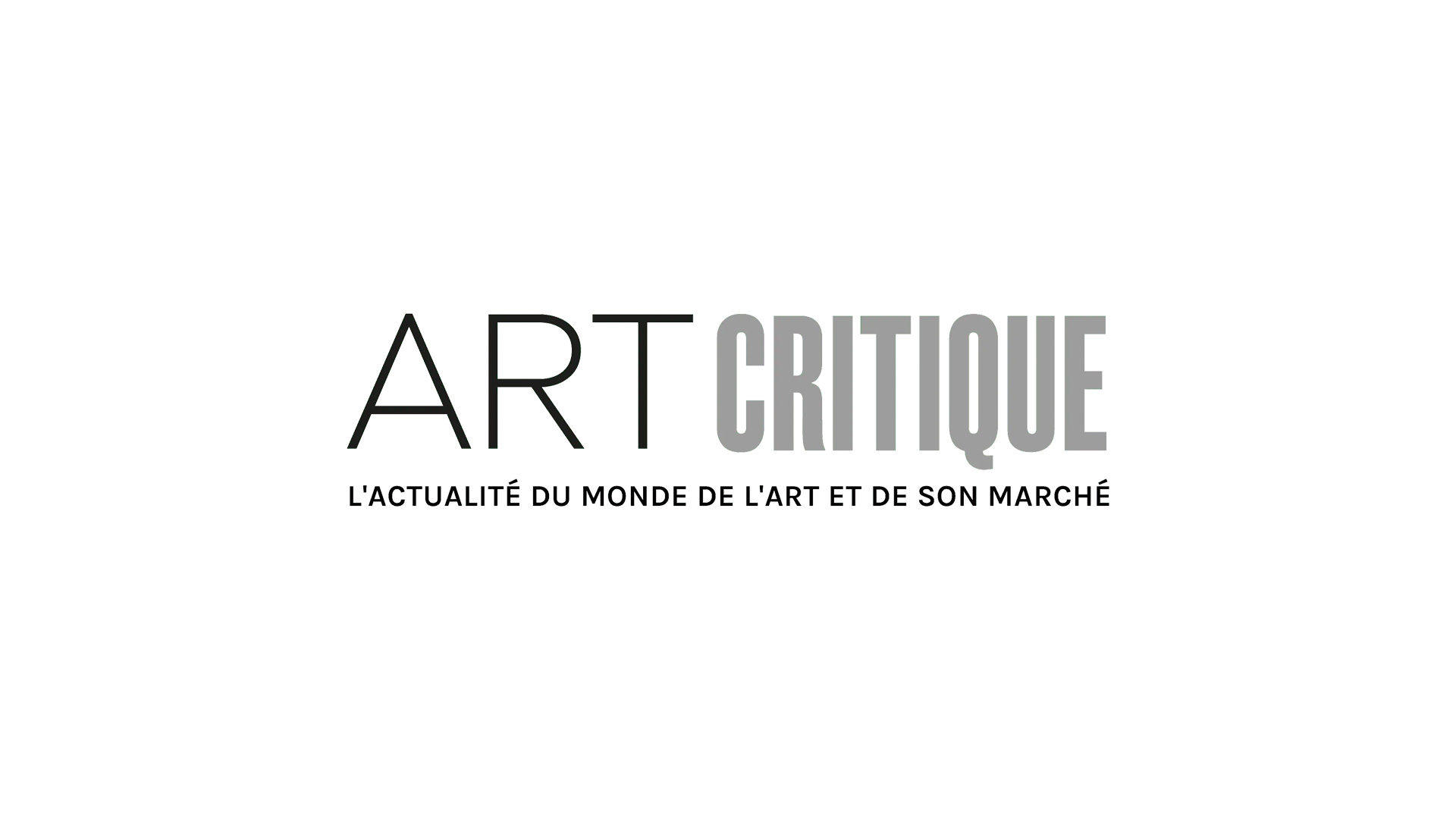According to a study from three Oxford University sociologists, Brexit supporters have a preference for realism in art while Remain supporters are more likely to opt for impressionist works.
The researchers’ paper, called Preference for realistic art predicts support for Brexit, not only shows the differences in taste between supports of Brexit and Remain, but by using art, it could help sociologists and political scientists understand the chasm between the value sets of both sides.
The Guardian, which detailed the results of the study, reported that thousands of voters were surveyed by the sociologists, where respondents were asked to choose their favourite painting from four pairs of artworks. Each set contained one realist work and one impressionist work. Some of the realist artists used were Thomas Kinkade and Michael Klein, while some impressionists used were Francis Bacon and Mark Rothko.
They found that if a respondent indicated preference for all four of the realist paintings, they were 20 percentage points more likely to have supported an exit from the EU than those who selected four or three of four impressionistic paintings.
The head researcher, Noah Carl, noted that the finding probably reflects differences between social conservatives and social liberals. The Brexit and Remain vote has been shown to have been divided by social concerns, with social conservatives far more likely to support Brexit and social liberals more likely to opt to remain in the EU.
Interestingly, this particular research supports a previous study that showed Brexit supporters were more likely to have respect for traditional architecture, while progressives professed admiration for brutalist architecture.
The researchers are using their study to provide more than just a strategy for marketing art exhibits to Brexiters. Carl noted that “One lesson would be to accept that leave and remain voters’ preferences at least partly reflect their underlying psychological proclivities, and that these two sets of proclivities lead the two groups to hold different sets of values on average.”
This simple art survey could essentially serve as an indicator that some people are just irreconcilably different due to their worldviews and sets of values that do not overlap.





